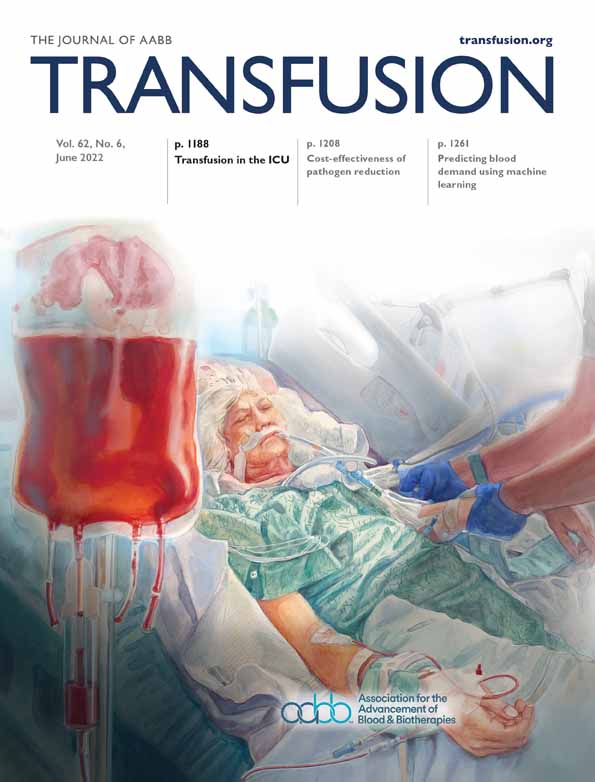Blood product availability in the Washington state trauma system
Abstract
Background
Early transfusion can prolong life in injured patients awaiting definitive hemorrhage control. We conducted a community resources assessment of blood product availability at hospitals within the Washington State (WA) Regional Trauma System, with the expectation that a minority of Level IV and V centers would have blood products routinely available for use in resuscitation.
Methods
We designed a questionnaire soliciting information on routinely available unit quantities of red blood cells (RBC), plasma, platelets, cryoprecipitate, and/or whole blood and submitted this questionnaire electronically to the 82 WA designated trauma centers (Levels I–V). Non-responders were contacted directly by telephone. The study was conducted in September and October 2021. US 2020 census data were used to correlate results with local population densities.
Results
First-round contact netted responses from 57 (70%) centers; the remaining centers provided information via telephone, for a 100% final response. Packed RBC were available in 79 of the 82 centers (96%; range 6–220 units); plasma, 62 centers (76%, range 1–100 units); platelets, 40 centers (49%, range 1–8 units); cryoprecipitate, 45 centers (55%, range 1–20 units). Whole blood was only available at the Level I center. Three Level V centers, located in 2 of the 8 WA state trauma regions, reported no routine blood availability. The two trauma regions affected represent 12% of the state's population and more than a third of its geographic area.
Conclusions
Within the WA regional trauma system, blood products are wide, if unevenly, available. Large urban/rural disparities in availability exist that should be explored.
CONFLICT OF INTEREST
MA, MT, TO, AB, LGS, SA, BRHR, EB, and JRH have disclosed no conflicts of interest. ZL, JP, and MSV are salaried employees of the Harborview Injury Prevention Research Center.




